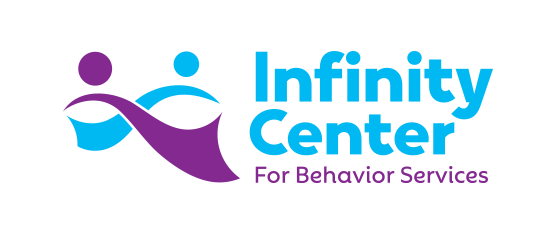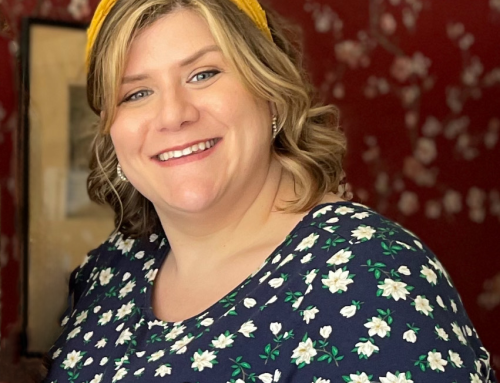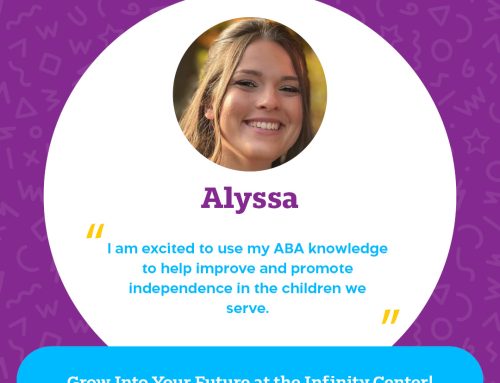How to Improve Your Everyday Routine
Why are Routines Important?
Establishing a routine with a child who has autism can have multiple benefits for the person creating the routine (a parent, caregiver, teacher, etc.), as well as for the child. Routines create consistency and predictability for the individual with autism which can decrease stress, anxiety, and possible outbursts of difficult behavior. Routines can also create structure and independence for the individual with autism and can encourage cooperation with common activities throughout the day.
Identify Important Daily Routines
In order to create routines for your child, think about the situations throughout the day that may require efficiency of finishing the routine in a timely manner. Common routines can include getting dressed, brushing teeth, putting personal belongings away, cleaning up toys, eating dinner, or bedtime.
Improving Your Routine(s)
Create Consistency
Implement the routine each day as needed. Even if there are difficulties with the routine the first few days and it doesn’t seem effective, continue doing it until your child starts to adhere to the routine. Consistency is key; don’t give up!
Use Visuals
Some broad routines such as getting dressed, brushing teeth, or getting ready for bed may require individual steps. Create smaller steps which are clearly written and/or with pictures/visuals associated with each step. Include pictures of your child completing each step to make it more meaningful.
A visual schedule may be beneficial in improving the everyday routine. Have Velcroed pictures of each routine on a chart in a common area of your house. Each time the routine is completed, remove the picture (or check it off), and direct your child to the next routine. Assist with this process until your child becomes more independent and then allow them to complete each step of the schedule on their own to provide them with a sense of accomplishment.
Use “First/Then” Language
Using a first/then language can help signal the next part of the routine. For example, when getting ready for bed, “First brush your teeth, then put your pajamas on.”
Reinforce, Reinforce, Reinforce!
With each step of the routine your child completes independently and/or calmly, praise your child for doing so. Provide high quality attention, whether it be verbal or physical. For example, say, “Great job getting dressed all by yourself!” and pair it with a hug or whatever physical attention may be exciting for your child. If your child may not be motivated by verbal praise or physical attention, give them a small, special reward for completing the routine independently (e.g., a sticker, a small piece of candy, or brief access to a favorite toy). Give them reasons to want to continue following the routine independently with reinforcement.
By Timothy Gray, BCBA
—
Hopefully you can implement some of the tips we’ve provided for a more efficient, structured everyday routine. We would love to work with you to develop an individualized treatment plan to meet the needs of your child. Contact us at 443.300.6362 or email us at: info@infinitycenteraba.org.













